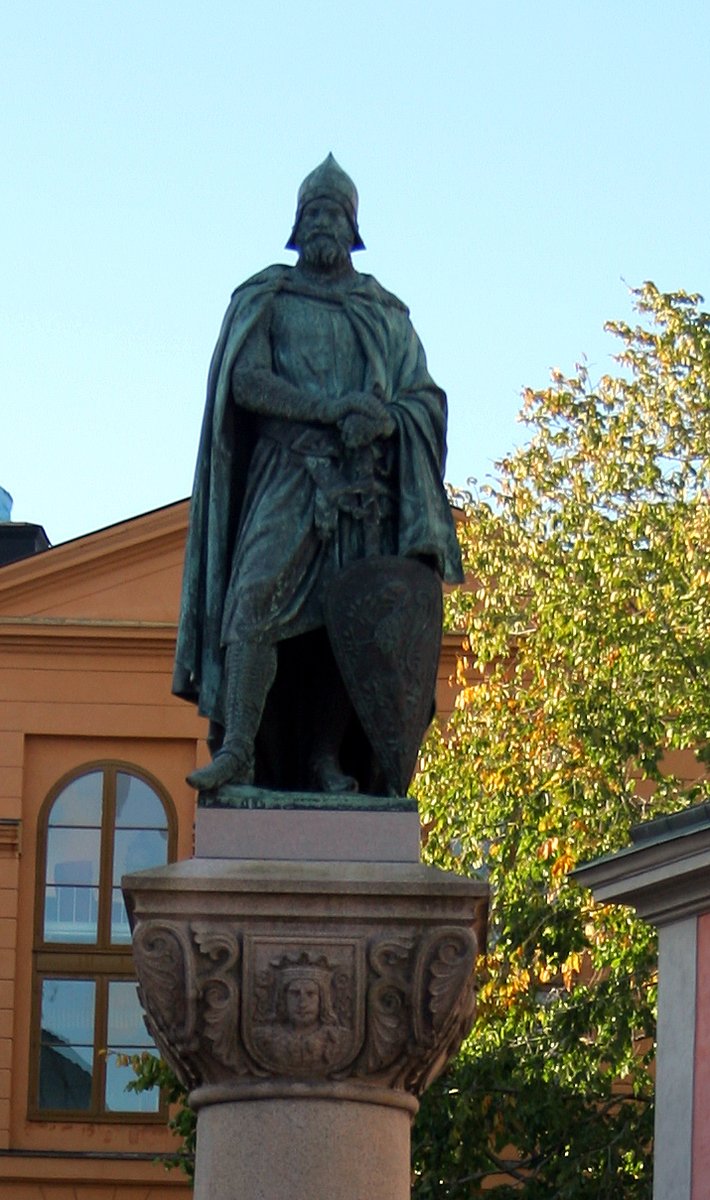A once glorious empire is reduced to few provinces.
Anarchy rules in its capital, while enemies eat away its frontiers.
Besieged once again in its capital, the days of the empire appear numbered.
Story in the evening ...
Anarchy rules in its capital, while enemies eat away its frontiers.
Besieged once again in its capital, the days of the empire appear numbered.
Story in the evening ...
https://twitter.com/Arby_K/status/1585821140051644417
Konon was born in Germanikeia in Syria (Kahramanmaraş in present day Turkey) around 685. Germanikeia had fallen to the Arabs in 638, but his family had been resettled to Thrace in the Eastern Roman Empire. In 685, Constantinople was ruled by the Heraclian dynasty. 1/10 

The Roman Empire in the East had peaked during the sixth century, but the rise of the Arabs in their east led to the loss of their Levantine, Egyptian and African provinces. To the west were the Bulgars, the Slavs and the Avars, who also acquired their own regions. 2/10 



In 695, Emperor Iustinian II was deposed and an Isaurian named Leontios replaced him. Iustinian was part of the ruling Heraclian dynasty but was unpopular in the empire. The overthrow marked the beginning of a period of anarchy in Constantinople. 3/10 

Leontios was in turn deposed by Tiberios in 698. Later, Iustinian II returned to Constantinople with the help of the Bulgars, recovering his throne in 705. Konon was among Iustinian's supporters. For service rendered, Konon was made Spatharius (attendant) by the emperor. 4/10 

The return of the emperor proved to be short though. In 711, Bardanis deposed and killed Iustinian and his son, Tiberios, bringing to an end the Heraclian dynasty. He became emperor taking the name Philippicus. He lasted till 713, when Artemius Anastasios deposed him. 5/10 

Konon had earlier been send on a diplomatic mission to the Caucasus by Iustinian. He returned with success, gaining military experience on the way. Anastasios appointed Konon as Strategos of the Anatolikon theme, before getting deposed by the soldiers of the Opsikion theme. 6/10 

Konon and Artabasdos, Strategos of Armeniakon theme, rebelled against the usurper. The new emperor abdicated and made way for Konon, who became emperor taking the name Leon. Emperor Leon was put on the defensive almost immediately as the Arabs besieged Constantinople. 7/10 

Maslamah ibn ʿAbd al-Malik, the brother of the Umayyad Caliph, led the seige of Constantinople. But with Bulgar help and a little bit of Greek fire, Emperor Leon managed to overcome the seige. He later allied with the Khazars and defeated the Arabs in 740 at Akroïnos. 8/10 

Leon ruled till 741 and was succeeded by his son, Konstantinos. Having come to the throne during a period of instability, he revived the imperial fortunes of Constantinople with his stable rule. He reorganized the administration, brought in reforms and divided the themes. 9/10 



However, his most memorable action was against the use of religious icons by Christians. A common practice these days, especially with the proliferation of saintly demigods, the division over icons continued beyond Leon's dynasty which lasted till 802. 10/10 

• • •
Missing some Tweet in this thread? You can try to
force a refresh



















